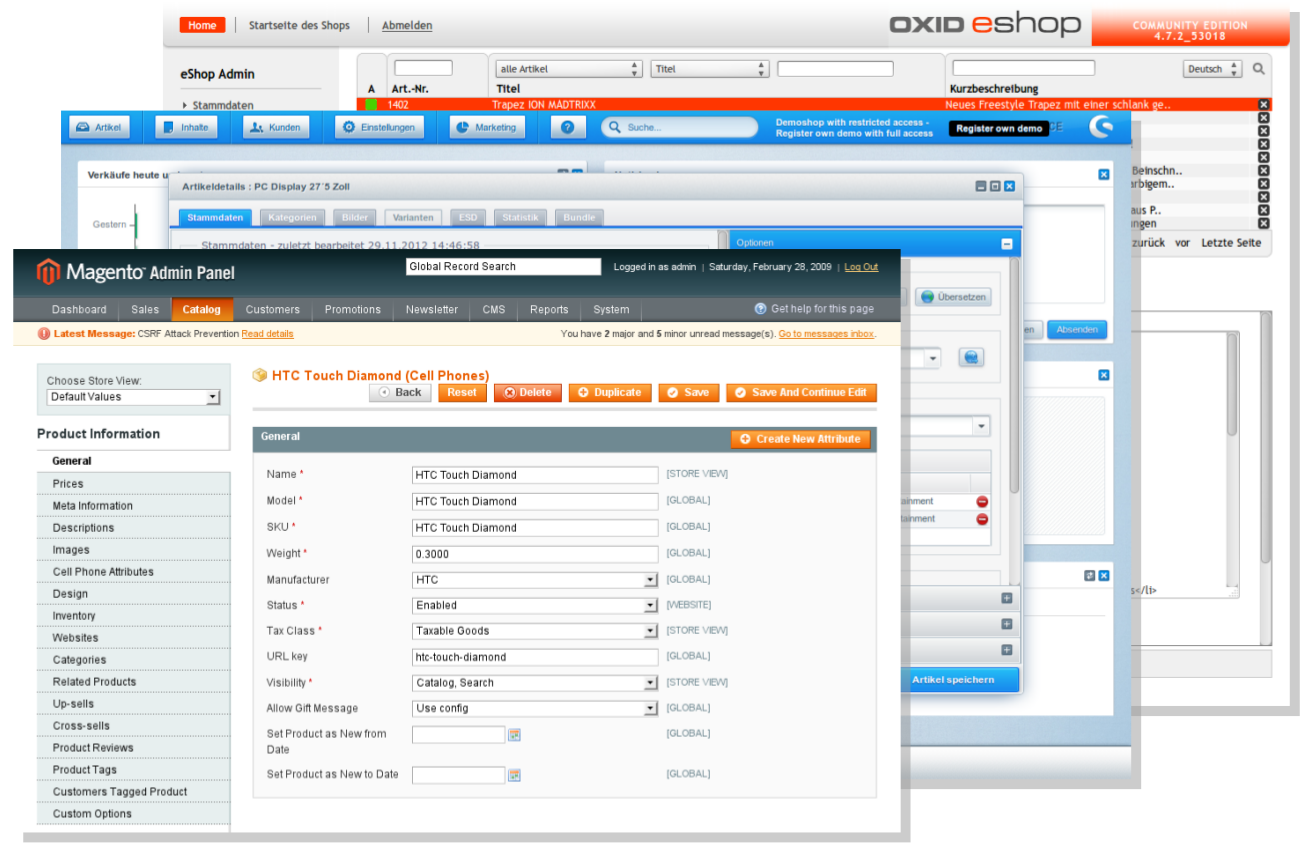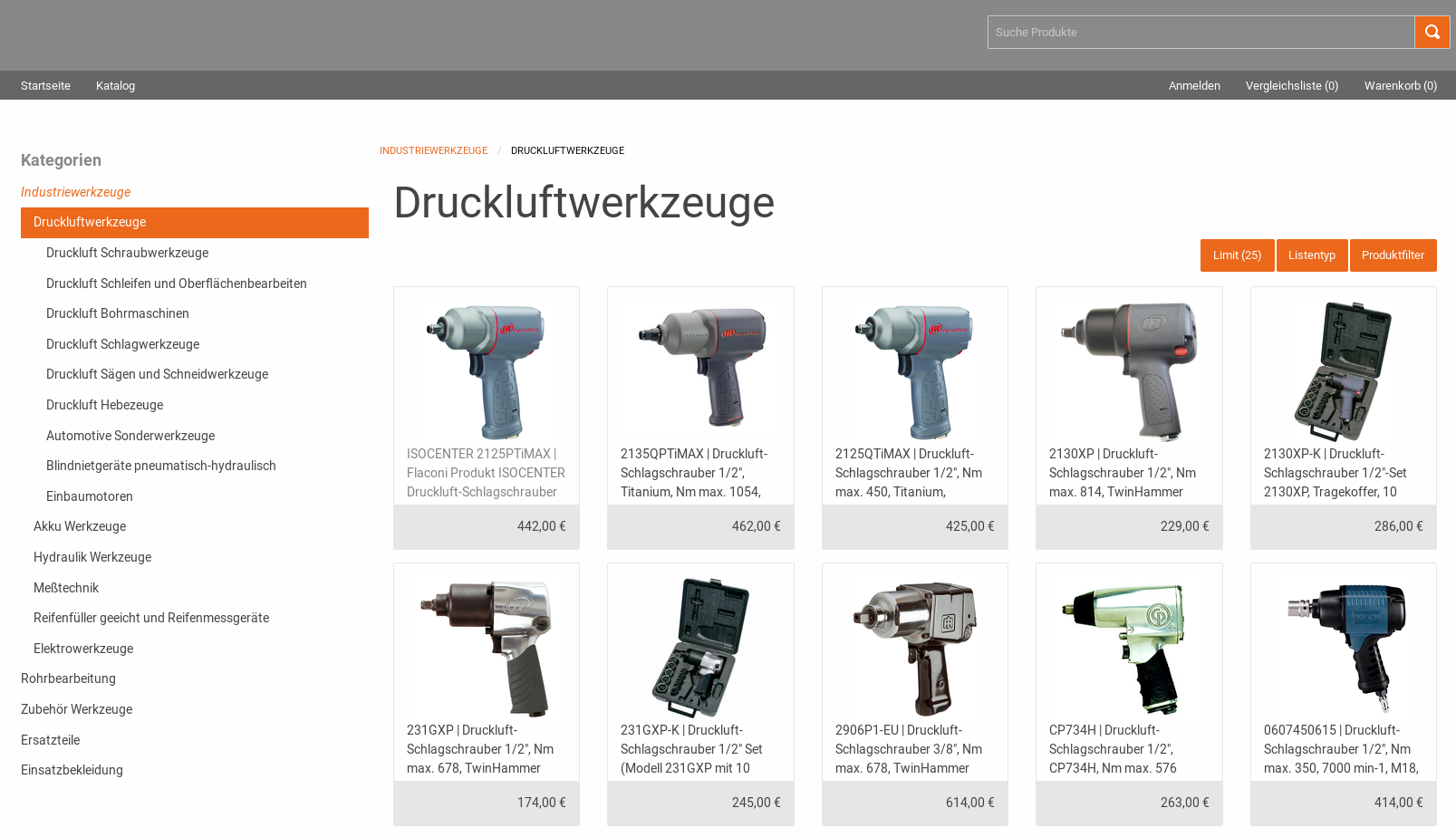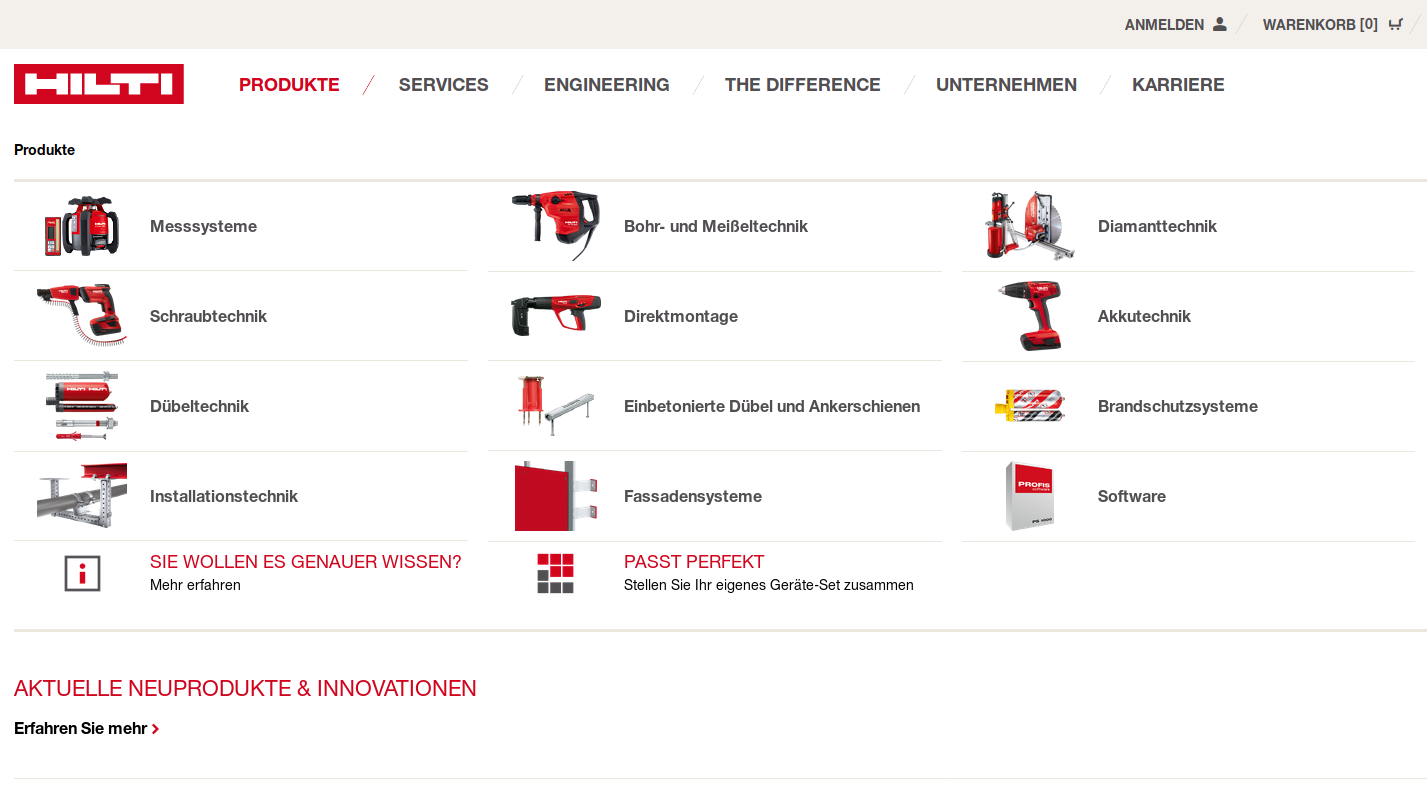Comparison: Agile eCommerce Frameworks coming with a PIM vs. Standard Shopsystems
When choosing a shop system, companies whose requirements in eCommerce are based on current market standards can fall back on a wide range of providers with many out-of-the-box functions. The usual suspects like Magento 2, Shopware, or Oxyd will do a good job in these cases.
However, many larger and more complex eCommerce projects have shown: If a company’s success in Internet retailing is based on dynamic target groups and business models and if the system has to work together with other services in a network, conventional “standard” shops quickly reach their limits. Even minor adjustments to the system can then be very costly and time-consuming.
Standard shop systems often offer their own static master data administration, which must be synchronized with existing systems. Companies with special, already existing master data structures can therefore be required to set up complex data transformations to get and maintain synchronized data on all systems. If the synchronization of data between different systems is necessary, this usually involves high development costs for programming the necessary interfaces.
Traditional shop systems: too many functions in the wrong places
Practical experience in eCommerce projects shows that conventional shop systems are often overloaded with functions that are already available in other systems such as the company’s ERP system. This means that there are many functions in the shop system which are simply not used and which interfere with the implementation or are responsible for restrictions in the customization process. This fact can hardly be tolerated if, in addition, other functions are missing in the shop that are actually needed for daily business.

Backends of leading shop systems: Magento, Shopware, Oxyd.
In larger companies, the ERP backend with customer base, stock level, individual pricing, and variant configuration with a network connection to the shop floor is already available. Should such a company now use a shop system whose pricing is not compatible with the internal process and comes without variant configuration and connection to the production department?
What’s the use of a standard Internet shop system, which is primarily designed for selling stock items, to a company that sells 75% of their production as individually configured goods via B2B?
The interface issue…
The common approach in eCommerce projects is to reproduce existing functions in the company 1:1 in a shop system and then run synchronous processes internally and externally.
The complexity of the long-established processes, which are usually needed for communication with customers, is to be mapped in parallel in the eCommerce system. To do so, various functions are programmed into an “out-of-the-box” system – which, en passant, also puts the shop system’s capability to process updates at risk.
A good example of a system that has countless unnecessary functions but is hardly suitable for integration with ERP, CRM, BPM is “Magento” – now available in its 2nd release. There are countless failed or badly implemented eCommerce projects with Magento worldwide – and especially among German middle-sized companies – that are struggling with serious issues in the interface area.
Is there a workaround for the flexibility problem? Which systems are there to help me?
There is – especially in the B2B area – a considerable need for tailor-made eCommerce systems that can be adapted to the specific requirements of the existing business process. What is needed is real-time data synchronization, the integration of existing systems with Internet applications (cloud services) and flexible, high-performance interfaces to integrate existing solution modules and external services and tools.
An intelligent strategy is to use existing functions and databases either live or via a cache system in for eCommerce implementations. This requires systems that have REST interfaces that are easy to configure, can quickly use existing data structures and can supply target systems with data.
Alterra PIM
Alterra PIM as middleware between existing structures and Internet applications
Alterra PIM is a Product Information Management System that is the ideal solution for capturing, optimizing, transforming and passing on company master data to other applications in real time. Alterra comes with many high-end functions for business transactions, which are especially useful in the industrial, technical area.

Alterra PIM enables rational and user-friendly product maintenance processes.
Alterra WebCatalog
Alterra WebCatalog based on CakePHP as a platform for B2B networking
Alterra WebCatalog displays real-time data maintained in Alterra PIM on the web GUI. Alterra WebCatalog is based on the popular Cake PHP used in many eCommerce and website projects. CakePHP is a Rapid Development Framework, well known and popular for its mature features and ready-to-use built-in modules. It uses common design patterns such as MVC (Model View Controller), Front Controller, Association Data Mapping and ActiveRecord. It is a structured framework perfectly suited for PHP developers at all levels.

Alterra WebCatalog is excellent for product communication and sales between companies (B2B)
Spryker
Spryker eCommerce Framework for complex and high-performance end customer shops
Spryker offers a new approach to eCommerce – it doesn’t focus on a large amount of unchangeable or hard-to-change shop features, but on IT productivity and business flexibility. The main promise is to increase the productivity and agility of the IT team through a lean trial-and-error approach to development. Many of today’s challenges, such as massive personalization, website speed, decoupled components, hyper-agility, and coping with a large number of deployments per day, are easily accomplished with Spryker.

Example for eCommerce with Spryker: the Hilti website
Conclusion: monolithic standard shop systems are outdated – networking with PIM and microservices is the new trend
The comparison between standard shop systems and agile eCommerce frameworks with PIM integration shows that modern systems, which bring along web-based function modules and can easily be connected to master data systems (such as PIM), have a clear advantage when it comes to implementing state-of-the-art automation requirements. In networked environments, systems that inherently provide microservices are the ace up your sleeve when it comes to combining different software applications in a network.
Projektberichte
Lesen Sie diese Projektberichte über die Integration von Alterra PIM:
- Segmüller
- abholen.de von EDEKA
- Toshiba Europe
- Messer Group
- WENKO Wohnideen
- Thermokon Sensortechnik
- Halfen Group
- M+W Dental
- Stahlwille
- WASI
- Rudolf Müller Verlag
Diese international operierenden Unternehmen haben mit Hilfe von Alterra PIM erfolgreich ihr Produktdaten-Management verbessert.
Whitepaper
Contact
Sepia GmbH & Co. KG
Ernst-Gnoss-Strasse 22
D-40219 Düsseldorf - Germany
Phone: +49 211 51 419 75
Phone alternative: +49 211 74 958 712 0
E-Mail: info@sepia.de
Looking for consultation or a web demo?
Get it here.
